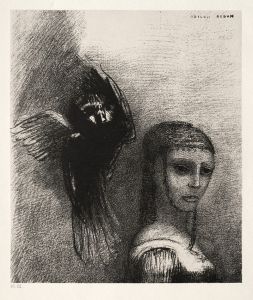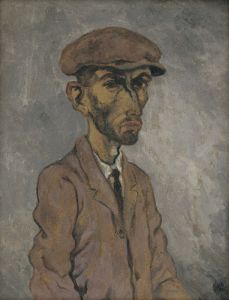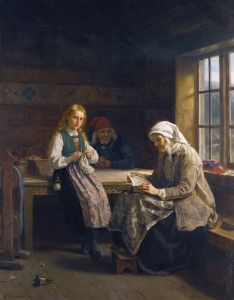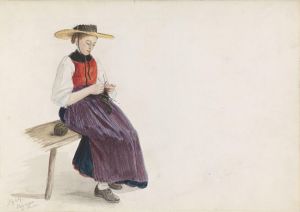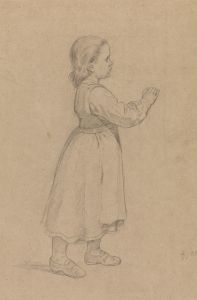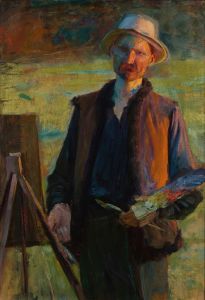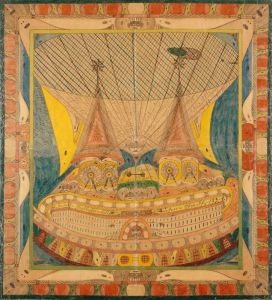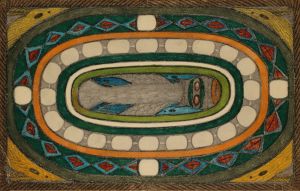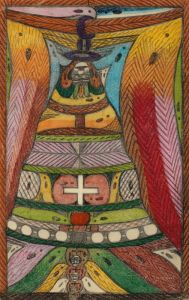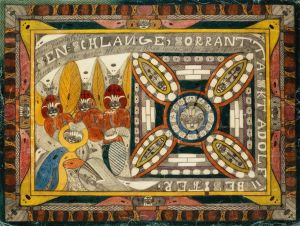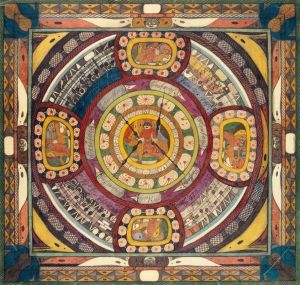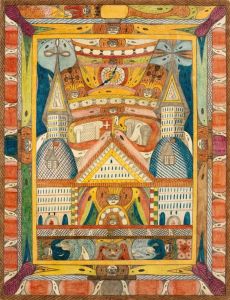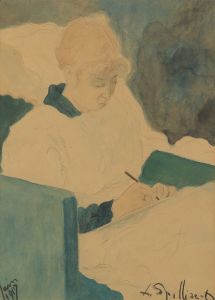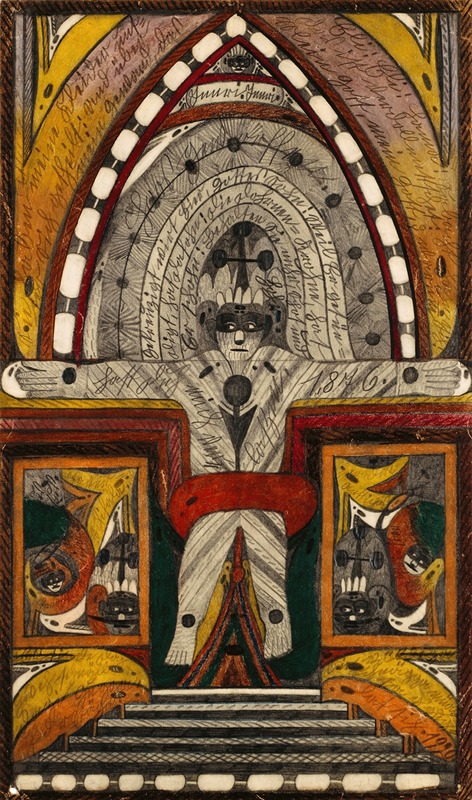
Die Kreuzigung meiner Wenigkeit, auf der Biskaya,=Haven=Insel, im stillen Ozean, im Späht=Sommer, 1,876
A hand-painted replica of Adolf Wölfli’s masterpiece Die Kreuzigung meiner Wenigkeit, auf der Biskaya,=Haven=Insel, im stillen Ozean, im Späht=Sommer, 1,876, meticulously crafted by professional artists to capture the true essence of the original. Each piece is created with museum-quality canvas and rare mineral pigments, carefully painted by experienced artists with delicate brushstrokes and rich, layered colors to perfectly recreate the texture of the original artwork. Unlike machine-printed reproductions, this hand-painted version brings the painting to life, infused with the artist’s emotions and skill in every stroke. Whether for personal collection or home decoration, it instantly elevates the artistic atmosphere of any space.
Adolf Wölfli (1864–1930) was a Swiss artist and writer, widely regarded as one of the most significant figures in the field of Art Brut, or outsider art. His works are characterized by intricate patterns, vivid colors, and a unique blend of visual and textual elements. Wölfli created his art while institutionalized at the Waldau Psychiatric Clinic in Bern, where he spent much of his adult life after being diagnosed with schizophrenia.
One of Wölfli's works, titled Die Kreuzigung meiner Wenigkeit, auf der Biskaya,=Haven=Insel, im stillen Ozean, im Späht=Sommer, 1,876 (translated as The Crucifixion of My Humble Self, on the Bay of Biscay, Haven Island, in the Pacific Ocean, in Late Summer, 1876), exemplifies his distinctive artistic style. This piece is part of Wölfli's larger body of work, which often combined fantastical narratives with dense, decorative imagery. His art frequently included autobiographical elements, though these were often fictionalized or exaggerated, blending reality with imagination.
The title of this work reflects Wölfli's tendency to create elaborate, imaginative scenarios. While the specific content of this piece is not widely documented, it is consistent with his broader oeuvre, which often depicted surreal landscapes, religious themes, and personal mythology. Wölfli's works were typically created using pencil, colored pencils, and crayons on paper, and they often featured a combination of drawings, musical notations, and text.
Wölfli's art gained recognition posthumously, thanks in large part to the efforts of Dr. Walter Morgenthaler, a psychiatrist at the Waldau Clinic who published a book about Wölfli in 1921 titled Ein Geisteskranker als Künstler (A Psychiatric Patient as Artist). This book brought attention to Wölfli's work and helped establish his reputation as a pioneer of outsider art. Today, Wölfli's works are housed in several collections, including the Adolf Wölfli Foundation at the Museum of Fine Arts in Bern, Switzerland.
Due to the lack of specific documentation about Die Kreuzigung meiner Wenigkeit, auf der Biskaya,=Haven=Insel, im stillen Ozean, im Späht=Sommer, 1,876, detailed analysis of its content and themes is limited. However, it remains an example of Wölfli's unique artistic vision and his ability to merge text and imagery into a cohesive, imaginative whole.





